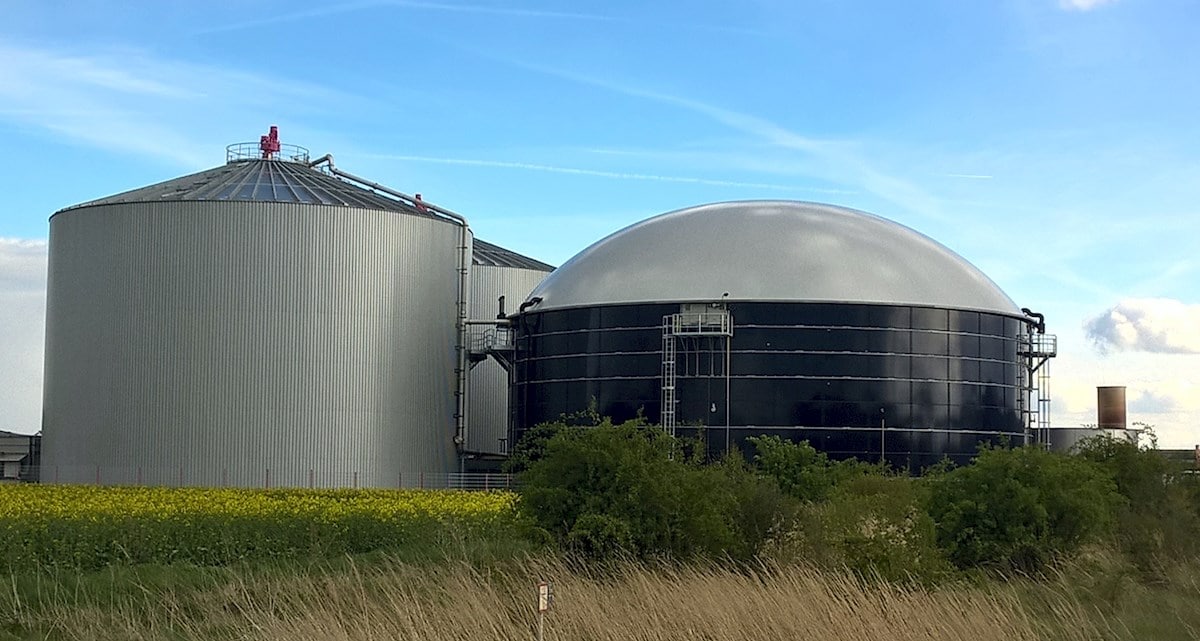
Many anaerobic digesters (tanks) and biogas engines are located close to the feedstock of organic waste, i.e. on farms or waste processing sites. To optimize the efficiency of energy production, the biogas is fed to the engine at elevated pressures, typically up to 0.5 bar. Then the combustion phase begins and the energy from the gas becomes usable.
The biogas or biomethane can also be converted into compressed biogas (CBG) or liquid biogas (LBG) and used as vehicle fuel.

What is the ideal filtration solution to avoid the risks involved?
Molecular filtration is the accepted method of removing hydrogen sulphide, siloxanes and VOCs from biogas prior to combustion. Molecular filtration will help to solve the biogas contamination and equipment challenges, as well as ensuring compliance with the strict rules and regulations for this industry, as there is also a very high focus on air quality & health and safety standards by the authorities.
Molecular filters utilize a technique known as adsorption. In simple terms this means that the molecules adhere onto materials with extremely high surface areas. Molecular filters can use activated carbon or activated alumina as the active ingredient and are sometimes also impregnated to attract the target molecules. Molecular filters are also sometimes known as chemical filters or gas phase filters.
There are many ways of solving molecular filtration in biogas applications. Activated carbon or alumina media are deployed as filter deep beds (>= 100 mm) between perforated metal sheets in a wide range of heavy-duty housings, and as single or multiple stages depending on concentration and flow requirements.
The UL flammability rating of the media is important, as normal carbon is flammable, and that the media allows correct adsorption of the target gasses.
The design and construction of horizontal deep bed (HDB) filters for biogas applications should take account of the system pressure. Biogas HDB filters must be constructed from heavier gauge material, have cylindrical shells and use dished ends. It is also crucial that flanged inlet and outlet connections and bosses for instrumentation are according to a recognized standard.
For biogas production plants, the right molecular filtration solution can ensure steady operation, improved profit levels and compliance with rules and regulations.

Co-author
Karl-Henrik Björkhem, Business Development Manager Northern Europe, Molecular Contamination Control, Camfil. With over 10 years of experience in renewable energy and environment sector focusing on air containment and filtration, Karl-Henrik has valuable insights on corrosion control, indoor air quality, molecular contamination and odor control.